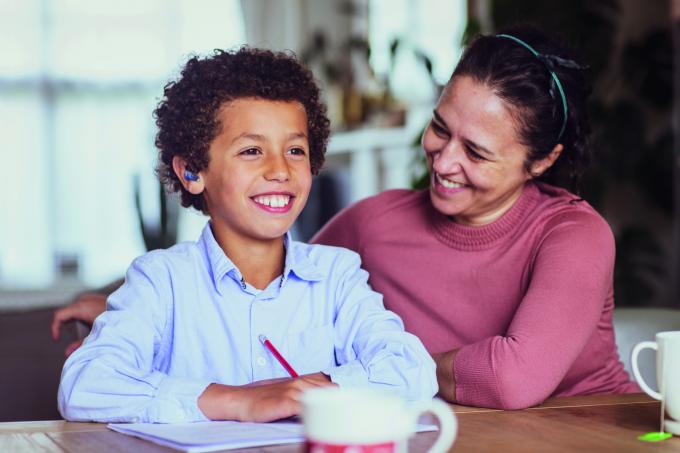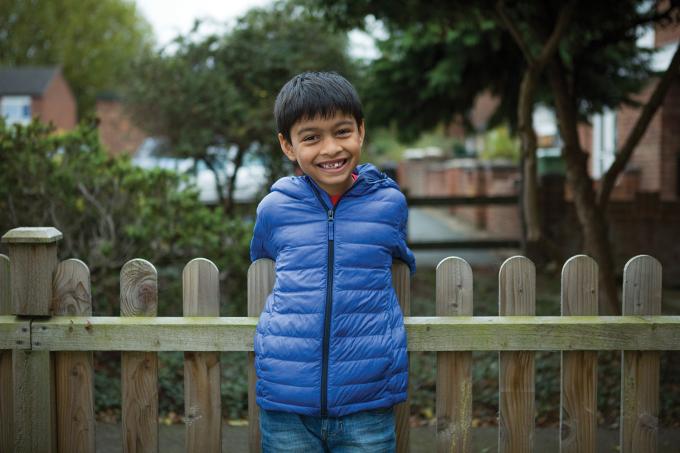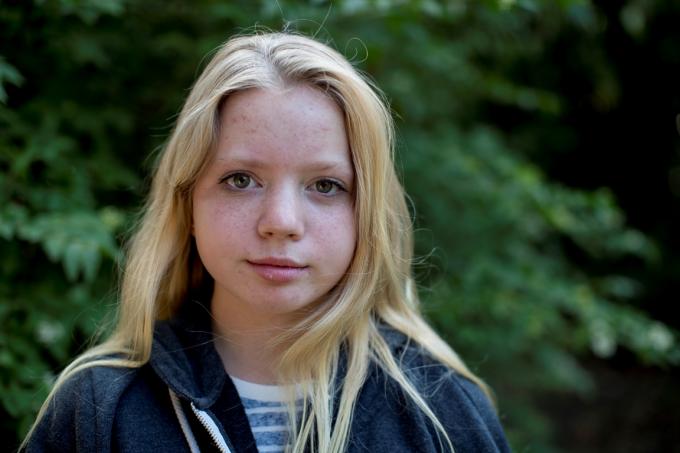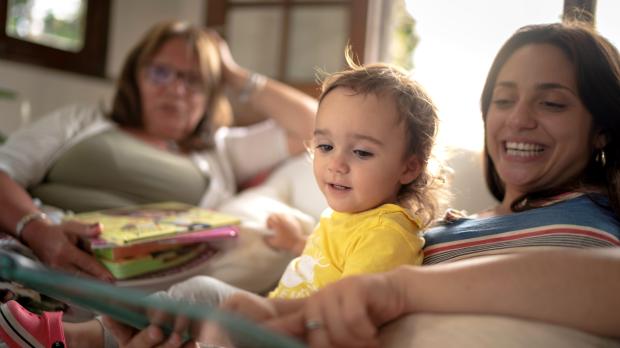Sometimes a parent needs a little extra guidance and support to raise their baby in a safe environment. Parent and child foster carers provide positive, supportive and supervised environment where parents can develop the skills necessary to be positive role models in their child's life, giving both a brighter future together.
The main aim of this specialist type of fostering is to help ensure that the child and parent(s) can remain together. There are many reasons why a parent may require a placement. They may need additional support and advice as a new parent or there might be significant concerns about the parent's ability to care for the child. Some parents may not have received positive parenting themselves, but during this placement, they will be guided by a positive role model.
What is the role of a foster carer during a parent and child placement?
As a parent and child foster carer, you will provide a positive, supportive and supervised environment where parents can develop the skills necessary to be positive role models in their child's life, giving both a brighter future together.
Parent and child foster carers:
- provide a safe home environment, free from judgement
- observe their parenting and keep records
- build confidence in the parents' skills
- attend training to continuously develop knowledge and skills
- support the parent and their baby including feeding, bathing and emotional care
- attend meetings
- help the parent to develop skills such as household skills and money management.
On average, how long do they stay?
Typically, parent and child fostering is short term, usually around three months at the most. However this can vary depending on the needs of the parent and child.
Who can offer parent and child placements?
If you are interested in parent and child fostering, you will need to be confident and have experience caring for young babies, able to manage sole care of an infant and also teach and model caring for a baby to the parent in many cases.
With this placement type it's important that one carer is available and present at all times to support and supervise.
As with all fostering placements, you must have a spare bedroom. It's important for parent and child fostering that the room is big enough to accommodate a parent and a child so, big enough for a bed as well as equipment for a baby such as a cot, changing mat and so on.
Are partners of the parent safe?
The level of risk and concern in parent and child placements is often high and sometimes there is the issue of an abusive or high-risk parent (not in the home) having contact with the parent in the home. While there is safety planning and risk assessments in place, carers may have to live alongside this risk and take a supervisory as well as supportive role to the parent in placement.
As with any type of fostering, you are never alone. Our dedicated Social Workers are on hand to deliver the support you need, 24/7.
What training and support would I receive?
We offer all our foster carers training before their placement as well as on an ongoing basis. We also have a national group of parent and child foster carers who are happy to give advice and share experiences.
Find out more about the training and support Barnardo's offers foster carers.
Why should you consider parent and child fostering?
Parent and child fostering can be described as an intense but wonderfully fulfilling role.
Parent and child fostering aims to prevent children from coming into foster care and allows families to remain together. The goal is that the parent may eventually provide independent care for their child. These placements provide support at the early stages of parental relationships, a crucial time for parents to bond with their children. Without offering support in these early stage's relationships can often break down, leading to separation.

Types of foster care
We offer different types of fostering to ensure we can support and meet each child and young person’s individual needs.

Fostering FAQs
Potential foster carers often have a number of questions about who can foster and what to expect, so we've busted some myths about the requirements of fostering with us.

Become a foster carer
Ready to begin your journey to becoming a foster carer? Complete our online form or find details about alternative contact methods here.


